
views
- Use an extra-small live trap to easily catch weasels on your property.
- Bait the trap with fresh, raw meat.
- Relocate trapped weasels at least 10 miles (16 km) away from your property.
Setting a Trap

Contact your local wildlife agency before you do anything. There are sometimes laws that regulate when you’re allowed to trap weasels, and they can vary from state to state. To make sure you're in compliance with these laws and to avoid costly fines, get in touch with the agency before you set a trap. If you live in the US, find your local wildlife agency by visiting the US Fish & Wildlife Service website.

Secure your animal pens by closing off any holes. To keep your animals safe, make sure the weasel has no way to enter their cages and pens. This will also limit its access to live prey so it's more likely to enter the trap you set. Nail ⁄2 in (1.3 cm) wire mesh or hardware cloth across any holes larger than 1 inch (2.5 cm), or cover them with a piece of scrap metal.
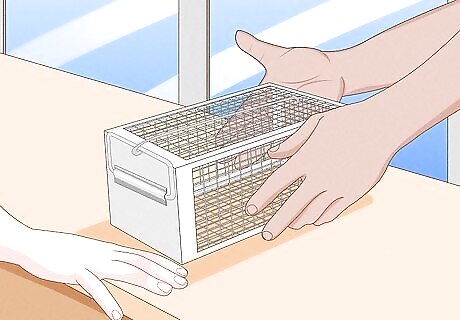
Get an extra-small live trap (or make your own). A live trap is the most efficient way to catch a weasel without harming it. Look for one with wire or mesh sides. You can typically find live traps at your local home improvement store for around $30 USD.
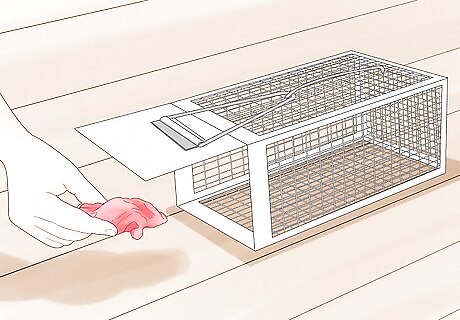
Bait the trap with fresh meat. Weasels are carnivores, so the best way to lure them into a trap is with fresh, raw meat, like liver, fish, or chicken entrails. Place the meat far enough back in the trap that the weasel will have to go all the way into it to get it. Buy the meat right before using it so it’s fresh and extra enticing to the weasel.
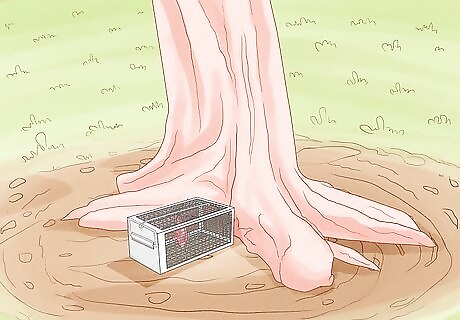
Place the trap near where the weasel has been active. Nestle the trap somewhere secluded and close to where you suspect the weasel has been hunting. You can usually tell where a weasel has been active by looking for small, five-toed tracks left behind on the ground. You can also set the trap close to any prey the weasel has previously attacked. Good places to set a trap are near a chicken coop or pen, inside of a barn, at the base of a tree, or along a stream or creek.
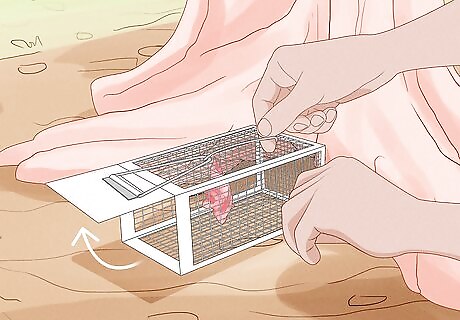
Push back the door mechanism on the trap to set it. The door should click into place when you push it back all the way. When the weasel goes into the trap to get the bait, it will step on a pressure plate that releases a latch, causing the door of the trap to shut.
Relocating the Weasel
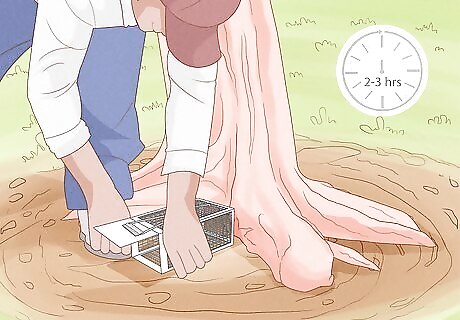
Check the trap every few hours. As much of a nuisance as weasels are, you still don’t want to leave one trapped in a cage without food or water for long periods of time. Check the trap frequently, like every 2-3 hours, while it’s set. Avoid going longer than 8 hours without checking it. Approach the trap calmly to avoid panicking the weasel. If it panics, it could injure itself on the cage.
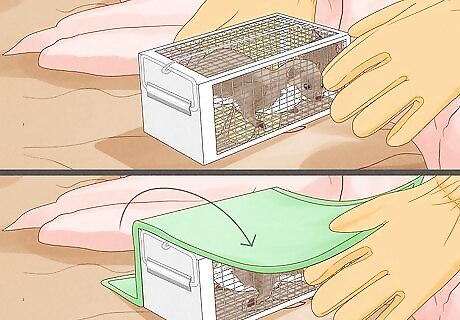
Use caution when you’re handling the trap. Weasels can bite, especially when they’re afraid. Keep your hands and fingers away from the weasel when you’re carrying the trap. You may want to wear thick gloves and long sleeves. Drape a towel or blanket over the top of the cage before picking it up to help calm down the weasel.
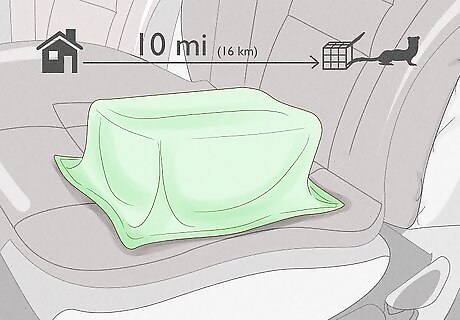
Relocate the weasel at least 10 miles (16 km) from your home. Taking the weasel at least 10 miles (16 km) from your home will help ensure it doesn’t come back. If you live in a rural area, try to take the weasel to a secluded location where it’s less likely to bother someone else’s property and animals. Never release a weasel on private property. If there’s no ideal location close by where you can release the weasel, call animal control or a wildlife rescue. They’ll come take the animal away for you.
Signs of a Weasel Problem
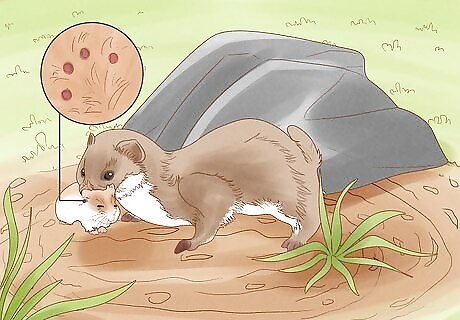
Prey that’s been bitten on the head or neck. Weasels kill by biting their prey through the skull, upper neck, or jugular vein. This can cause their prey to look as though it’s been nearly decapitated. If you’ve recently lost small animals to an unknown predator and their heads or necks were noticeably injured, you could have a weasel on your property.

Large number of killed animals. Weasels will sometimes kill multiple birds. If you wake up to find that half or more of the chickens in your coop have been attacked, you may very well be dealing with a weasel. Weasels have been known to kill entire flocks of chickens at a time, whereas other predators usually only kill what they need for one meal.

Stolen or eaten chicken eggs. If you have chickens, you may notice their eggs being stolen or sucked dry. This could be a sign that a weasel is getting into the coop.

Attacks during winter. Weasels don’t hibernate and are active throughout the entire year. If you lose animals to an attack during the winter, a weasel may be the culprit. Other predators, like foxes, are also active during the winter, so this shouldn’t be the only factor you consider when trying to figure out what animal you’re dealing with.
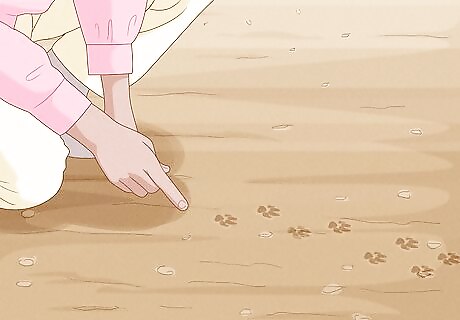
Small footprints with 5 clawed toes. Weasels have 5 toes on both their front and back feet, and claws are usually visible on each toe. However, their tracks can resemble badger, mink, skunk, and otter tracks. If you're not sure, accurately identify the tracks by taking pictures and comparing them to photos of animal tracks online.



















Comments
0 comment